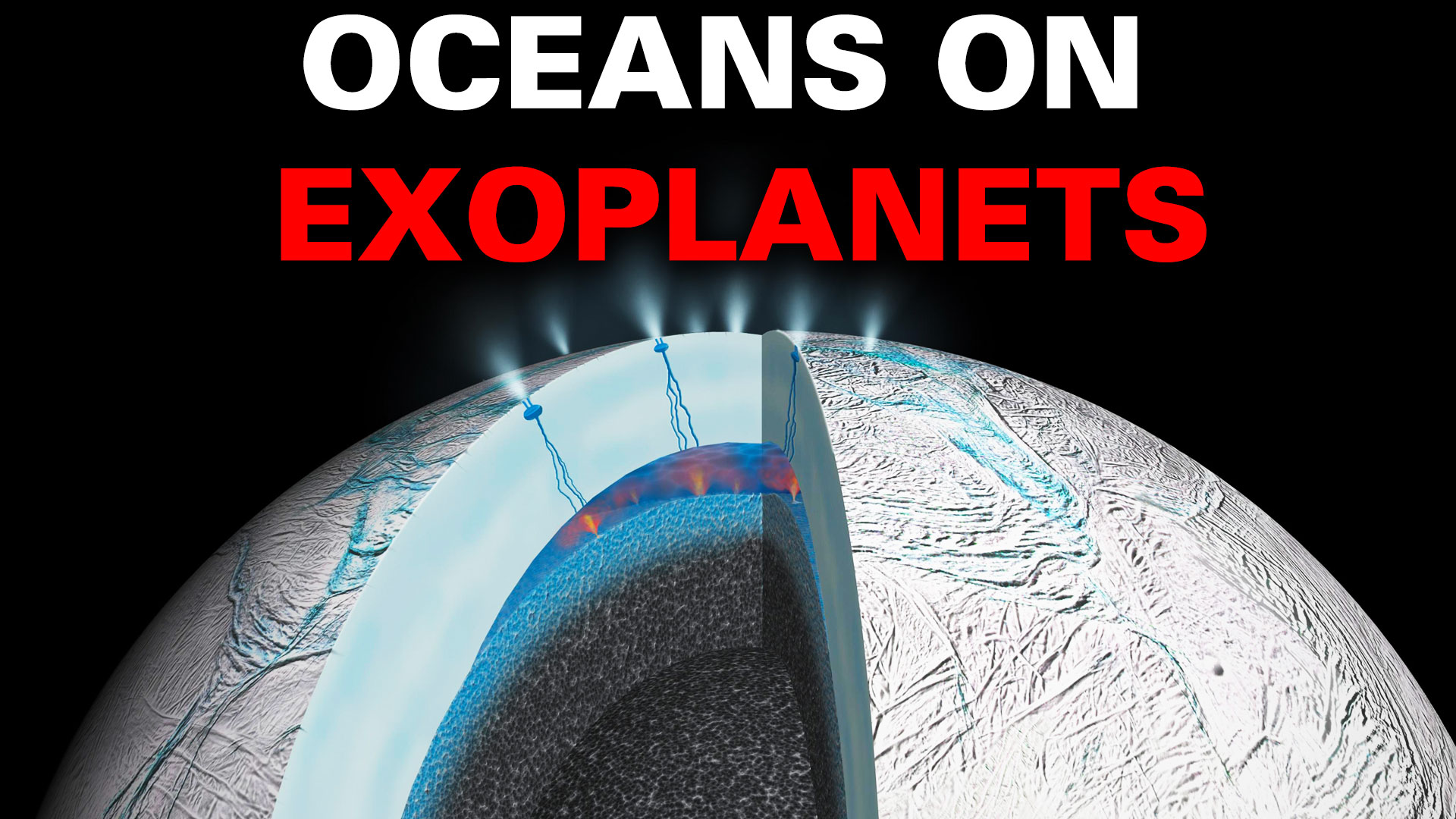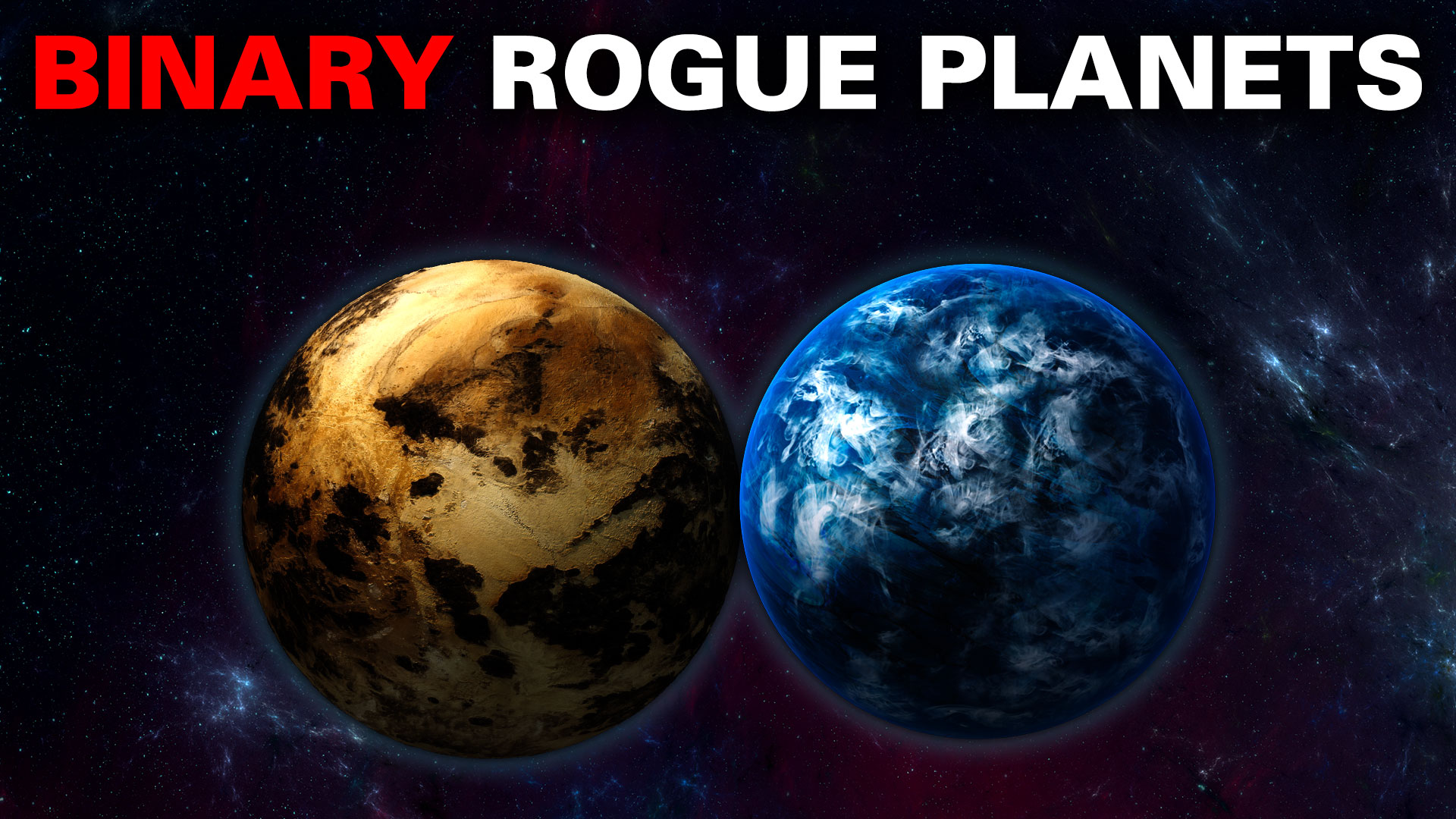The way astronomers study planets in our own solar system is surprisingly similar to the way they study exoplanets, despite the latter being orders of magnitude more distant. The key is spectroscopy – examining the wavelengths of light that reach a telescope from a planet’s atmosphere. Different molecules allow different wavelengths to pass through, creating unique patterns in the spectrum and giving scientists clues about the composition of an atmosphere.
Of course, for planets nearby, we can get more details by visiting them – but this is expensive and difficult – we haven’t visited Uranus since Voyager 2 in 1986, for example, so for all intents and purposes, studying Uranus today is done the same way as studying an exoplanet: with a telescope.
A recent review of planetary atmospheres, in our solar system and elsewhere, reveals the incredible complexity and diversity of weather in our solar system, and what we might expect to find around other stars – but also what we don’t yet understand about our near neighbours: there’s plenty of unknowns.
So let’s take a weather-watcher’s tour of the solar system:
Continue reading “Weather in the Solar System Can Teach Us About Weather on Exoplanets”










